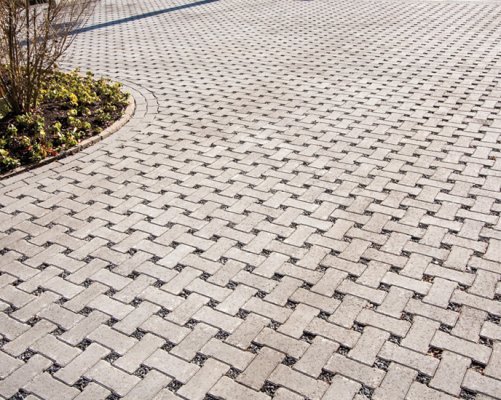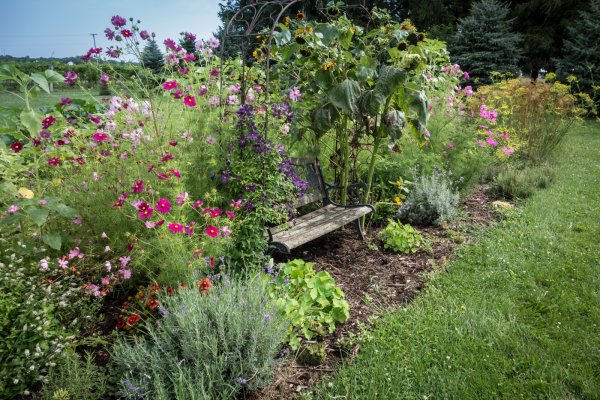When we built our home 11 years ago, we worked with a landscape company who proposed a design that would not be a ton of work for us to maintain. We were thinking that if we landscaped a good portion of the yard, there was be less grass to mow. We quickly discovered it was exactly what we were hoping to avoid… lots of weeding, watering, trimming, moving plants around, etc. Maybe we should have left more grass. In a hot and dry area like Arizona, it seems that solving the issue would be pretty easy, simply using stones and cactus, etc. for the design. In a Midwestern state like Wisconsin, I'm not sure that there is such a thing as a low-maintenance landscape.
Does anyone have a strategy or any ideas for plants and materials that wouldn't result in so much work? We really enjoy being outside and puttering around in the yard, but my concern is that once we retire, we won't want to do nearly as much of this kind of yard work. We'll likely be downsizing at retirement and maybe even building, which would give us a clean slate to work with. Of course, moving into a condo would eliminate the work altogether, but I think we'd miss the easy, puttering around kind of work. There must be something between no yard work and way too much yard work.
Any thoughts or ideas are greatly appreciated!
Does anyone have a strategy or any ideas for plants and materials that wouldn't result in so much work? We really enjoy being outside and puttering around in the yard, but my concern is that once we retire, we won't want to do nearly as much of this kind of yard work. We'll likely be downsizing at retirement and maybe even building, which would give us a clean slate to work with. Of course, moving into a condo would eliminate the work altogether, but I think we'd miss the easy, puttering around kind of work. There must be something between no yard work and way too much yard work.
Any thoughts or ideas are greatly appreciated!




